You cannot ignore the casing of the bullets if you are a hunting lover. Reloading will never be complete without brass. However, these days, people use a lot of different metals for the casing. Today, we will talk about brass and nickel-plated brass for reloading work. If you are confused about the reloading brass vs nickel plated brass war, don’t worry, we have something for you!
Please take a look at our detailed information to pick the right one.
Reloading Brass vs Nickel Plated Brass
Reloading Brass
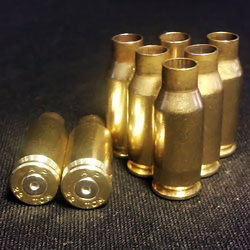 Before you know which one to choose between reloading brass vs nickel plated brass, you must understand what reloading brass is.
Before you know which one to choose between reloading brass vs nickel plated brass, you must understand what reloading brass is.
The alloy of zinc and copper is called brass. As brass is highly reasonable in price, people mostly go for this.
Brass Conditions
Check out these reloading brass conditions before you pick up brass.
- New Brass and Fired Brass: There are brass casings that are new and don’t have any fault. On the contrary, there are also brass that has been fired once from a gun.
- Primed Brass and Unprimed Brass: Brass primed are much easier to use when you are going through the first round. You can use the brass after getting them inside. In this case, powder and temper adjustment might require. But the unprimed brass comes in handy and doesn’t require any change. Also, these are more affordable in price.
Why Should You Pick Brass?
Nickel and brass are trendy for reloading ammo. So, if you plan to get something cheap or your price is limited, you can settle for brass.
When it comes to removing the brass, you don’t need to fight too much for it. It is easily removable even for the newbie. Along with this, brass can keep things together. And so, it will not split fast. Also, there will be no brass flack in the barrel.
Consequently, brass will not put scars on the barrel. There are no chances of scratching on the added gun parts if you use brass as your reloading material.
As you are dealing with reloading work, you will surely go through several metals. In some cases, there is a chance of other materials sparking with the metals. There are also situations where explosions occur from a mere spark. Whenever you use any component in the reloading process, you must ensure that it doesn’t spark with the other metals. And this is where the name of brass comes from. It will not spark when it comes in contact with the other metals you use in the reloading works.
It keeps you and your gun safe and protected. Another fantastic fact about brass is it is highly malleable.
As a result, it will expand a lot and shape up for filling the chamber. So, you will not need much brass to cover the whole chamber!
Why Shouldn’t you Pick brass?
Though there are so many good sides of brass for reloading, there are also negative aspects.
If you want to get the casings for reloading that serves you forever, brass might not be the one! Brass tarnishes a lot over time. If you use brass casings repeatedly, they will discolor after a specific time.
On the other hand, if you keep the brass casings in leather, they will tarnish. So, storing the brass in the right place is also necessary when it comes to reloading.
Nickel Plated Brass
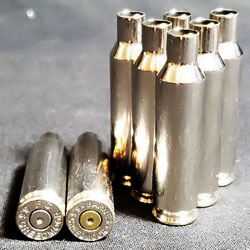 Brass is more popular as a reloading component than nickel-plated brass.
Brass is more popular as a reloading component than nickel-plated brass.
These days, manufacturers are using nickel-plated brass in their reloading work so that they can venture something new.
Why Should You Pick Nickel Plated Brass?
The best part of nickel is it will not tarnish at all! Even after using it for an extended period, you will not see any discoloration. No matter how you keep it, the color will stay just the way it is. Also, keeping it in leather will not harm the body at all.
Another fantastic thing you will get with nickel-plated brass is corrosion resistance. Corrosion is a significant enemy of reloading components, which can change the game completely. But with the help of nickel, the upper body part of the casing is protected. As a result, it will not fall for corrosion; instead, it will prevent it from occurring.
The reloading process will indeed require a lot of time and not too mention; it is annoying to load and unload the casings. But nickel plated brass casings have changed the idea altogether. These are very easy to load and unload. As a result, you can save your time on the target more than fixing your gun.
Brass has higher friction and nickel is the opposite. For nickel being lower is the coefficient of friction, it makes a better casing than the brass. This allows the sliding of the magazine over one another easier in comparison to brass.
Why Shouldn’t You Pick Nickel Plated Brass?
Now, if you think that nickel has got all the eyes on it, then you are wrong. There are a lot of things you need to keep in mind when choosing nickel plated brass. In this case, there is brass added with nickel coating. As a result, the two materials that are combined might require modification in times of reloading.
People that are used to brass might get offended. If you compare brass and nickel plated brass, this one has a very high price. As nickel is expensive, you have to pay a lot more than brass. No matter how much you pay, the nickel one tends to divide at the head or neck. If you don’t want to pay so much for this, it’s okay too! Unlike brass being so easy to take off, things are going to be tough with nickel.
You need to have a hard time removing the nickel from the barrel. In this case, high-grass brass is also required!
Wrap Up
Now you know all about the reloading brass vs nickel plated brass competition. Both of these are amazing in their sectors. However, choosing one ultimately depends on your requirement!
Pick up one and tell us which one you loved. Also, comment below the negative aspects of your previously used casings for reading.
One of the most important part of reloading is cleaning your brasses for that you must need a good Brass Tumbler.



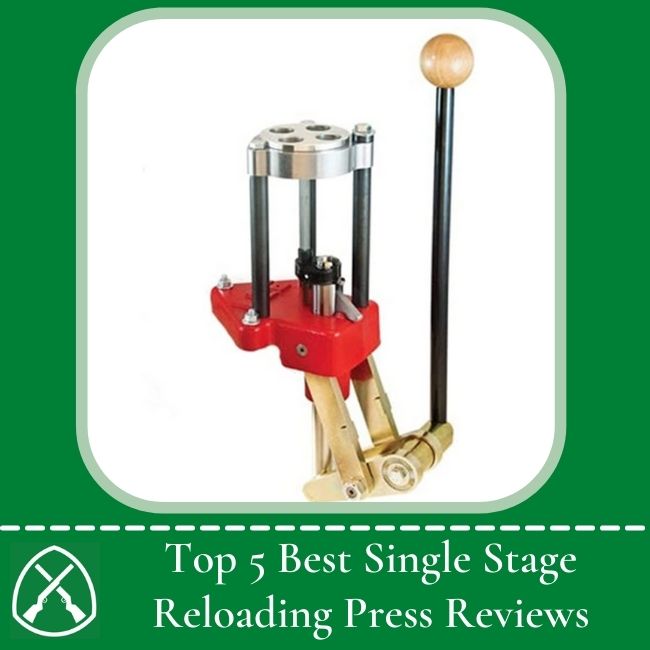


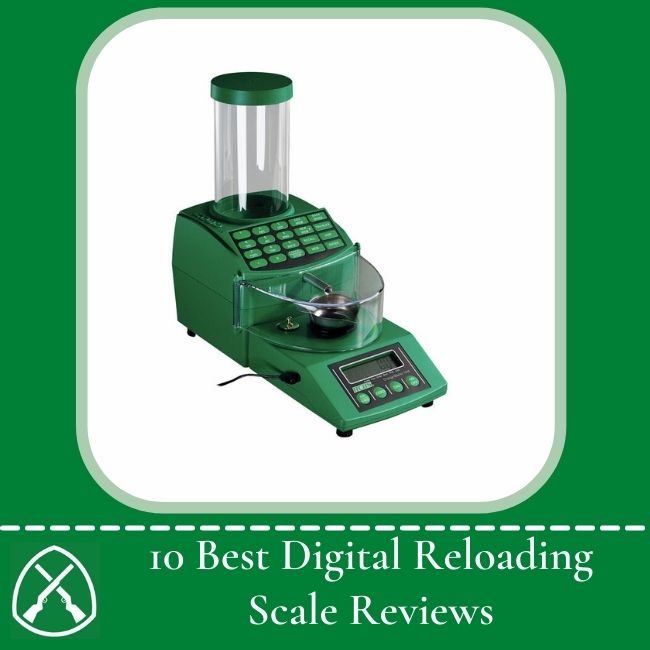
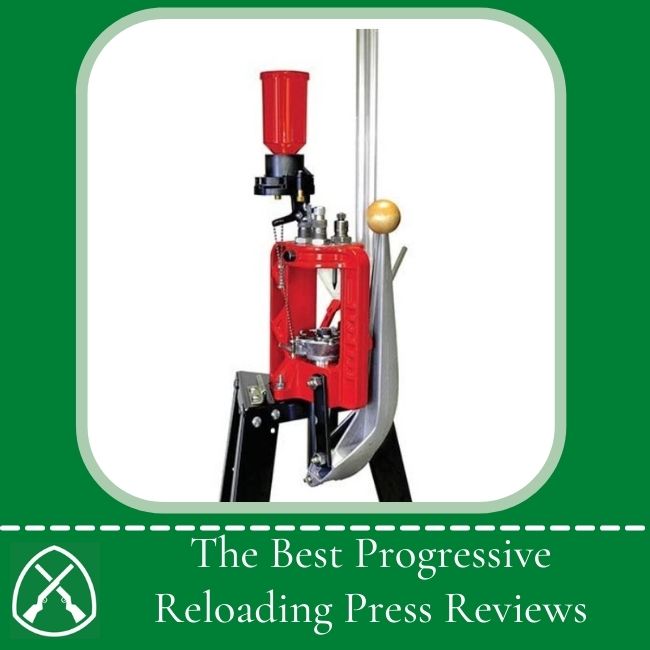
Thank you so much for what you do brother! I love watching ALL of your reloading videos! YOU are such a pro! Its a pleasure to learn from you! I dont have anyone to teach me these things and I appreciate you sharing all ov that information… really useful! I just got started reloading this year. I am very new to this but I love it and I am learning from you and from few other grate guyz on youtube haha! Love you man! Thank you for all the info and sharing your knowledge and your wisdom!
Load development series is excellent Sam. Truly the most detailed I have seen on youtube. Looking forward to that Mec press review. Check out a stainless tumbler if you get a chance. The pins are small enough that they clean the primer pocket when you tumble brass. This really helped me speed up my reloading process and the brass looks amazing afterwards.
Another great video! I just got the Lyman case prep center and am pretty happy with it. It’s quiet and nicely laid out. But you might not need it if you switched to wet tumbling, no more primer pockets to clean out 🙂
Another informative video. You have addressed every question I had about Fl dies,neck tension,run out,cleaning lube out of neck,etc. You are the man. The MEC press and Little Crow trimmer are nice.
I like your idea of knocking out the primers before any measurements and using a bronze bore brush attached to a cordless drill to swipe out each neck. Excellent explanation and comparison of the 2 types of sizing dies!